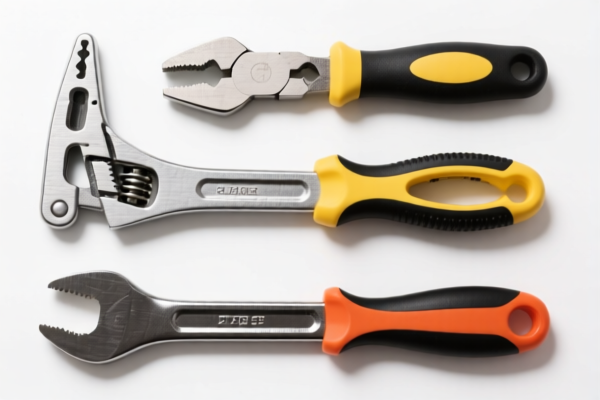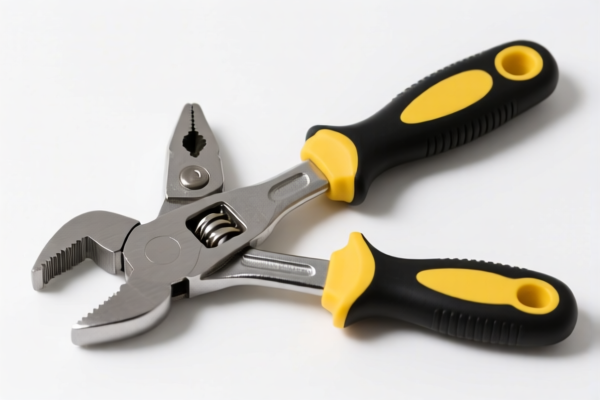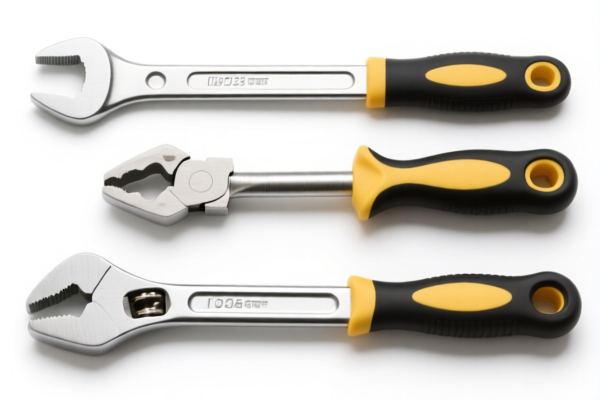| HS Code | Official Doc | Tariff Rate | Origin | Destination | Effective Date |
|---|---|---|---|---|---|
| 8425490000 | Doc | 55.0% | CN | US | 2025-05-12 |
| 8425190000 | Doc | 55.0% | CN | US | 2025-05-12 |
| 7326908688 | Doc | 82.9% | CN | US | 2025-05-12 |
| 7323997000 | Doc | 60.3% | CN | US | 2025-05-12 |
| 7323999080 | Doc | 83.4% | CN | US | 2025-05-12 |




Furniture Moving Sliders
Furniture moving sliders, also known as furniture slides or glide pads, are tools designed to reduce friction and facilitate the movement of heavy objects across various floor surfaces. They are commonly employed to simplify the process of repositioning or transporting furniture, appliances, and other bulky items.
Material:
- Plastic: The most common material due to its low cost, lightweight nature, and compatibility with a wide range of floor types. Variations include polyethylene (PE) and polypropylene (PP).
- Felt: Often used on the bottom of sliders to provide a cushioning effect and prevent scratching on delicate floors like hardwood or laminate.
- Rubber: Offers higher grip and stability, particularly useful on carpets or uneven surfaces.
- Metal: Less common, but used in heavy-duty sliders for exceptionally heavy loads or industrial applications.
Purpose:
The primary purpose of furniture moving sliders is to minimize effort and prevent damage during furniture relocation. They achieve this by:
- Reducing Friction: Allowing items to glide more easily across the floor.
- Protecting Floors: Preventing scratches, scuffs, and dents caused by dragging heavy objects.
- Preventing Furniture Damage: Reducing stress on furniture joints and legs.
- Facilitating Movement: Enabling one or two people to move items that would otherwise require significant effort or multiple individuals.
Function:
Furniture sliders function by creating a low-friction interface between the furniture leg and the floor. The slider is placed under each furniture leg, effectively transforming the contact point from a direct floor-to-furniture surface to a low-friction slider-to-floor surface. The shape and material of the slider determine the ease of movement and suitability for different floor types.
Usage Scenarios:
- Home Relocation: Moving furniture within a house or apartment, or during a move to a new location.
- Furniture Rearrangement: Repositioning furniture for cleaning, renovation, or aesthetic purposes.
- Cleaning: Easily moving furniture to access hard-to-reach areas for cleaning.
- Renovation/Repair: Temporarily moving furniture to facilitate floor repairs or painting.
- Appliance Movement: Relocating refrigerators, washing machines, or other heavy appliances.
Common Types:
- Round Sliders: Versatile and suitable for most furniture legs.
- Square Sliders: Provide a larger surface area for better stability, particularly useful for heavier items.
- Felt Sliders: Ideal for delicate floors, often self-adhesive for easy application.
- Carpet Sliders: Designed with a textured surface to grip carpets and prevent slipping.
- Heavy-Duty Sliders: Constructed from more robust materials (e.g., metal or reinforced plastic) for exceptionally heavy loads.
- Furniture Lifting Sliders: Feature a lever or rolling mechanism to lift the furniture slightly, making it easier to place the sliders underneath.
- Corner Sliders: Specifically designed for furniture corners to provide optimal support and prevent tipping.
Based on the provided information, furniture moving sliders fall under articles of iron or steel. Here's a breakdown of potentially relevant HS codes:
-
7326.90.86.88: Other articles of iron or steel. This is a broad category encompassing various iron or steel products not specifically classified elsewhere. The subheading further specifies "Other: Other: Other Other". This could apply to furniture moving sliders if they don’t fit into more specific classifications.
- Chapter 73: Articles of iron or steel. This chapter covers a wide range of products made from iron or steel.
- Heading 73.26: Other articles of iron or steel. This heading includes items not covered in previous headings within Chapter 73.
- Subheading 73.26.90: Other. This further refines the category to include miscellaneous iron or steel articles.
- Subheading 73.26.90.86.88: Other: Other: Other Other. This is a very general classification for iron or steel articles not specifically defined elsewhere.
-
7326.90: Other articles of iron or steel. This is a broader category that 7326.90.86.88 falls under.
- Chapter 73: Articles of iron or steel.
- Heading 73.26: Other articles of iron or steel.
- Subheading 73.26.90: Other.
-
7323.99.90.80: Other: Other: Not coated or plated with precious metal: Other: Other Other. This could be applicable if the sliders are not coated or plated with precious metals.
- Chapter 73: Articles of iron or steel.
- Heading 73.23: Table, kitchen or other household articles and parts thereof, of iron or steel.
- Subheading 73.23.99: Other.
- Subheading 73.23.99.90.80: Other: Other: Not coated or plated with precious metal: Other: Other Other.
According to the provided reference material, the HS code options related to 'furniture moving slider' are limited, with only the following 3 found.
Regarding HS code 7326.90.86.88, please note that it is a very general classification. It is important to verify the material composition of the sliders to ensure they are indeed made of iron or steel. Additionally, HS code 7323.99.90.80 requires verification that the sliders are not coated or plated with precious metals. The total tax rate for these HS codes is 82.9% or 83.4%, depending on the specific code selected.
Customer Reviews
No reviews yet.